Questions for Bill Smith
How did you become a scientist/engineer?
Since my dad is a scientist, I grew up taking any and all science-related courses offered, although, for a long time, I was never really sure if I liked science or if I was just trying to make my parents happy. I did know that my favorite classes were always those with numbers and equations.
The first time I remember really getting excited about something science-related wasn't in class; instead, it was sometime in high school when I happened upon the science fiction book Slaughterhouse-Five by Kurt Vonnegut. A main theme is time, and the premise of the book is that all moments (past, present, and future) always have existed and always will exist (time only appears to progress linearly to humans because of our limited senses).
At the same time, I was also getting my first exposure to calculus and time as the fourth dimension. These two pieces of information were enough to drive me to pursue undergraduate degrees in mathematics and ecology. My ultimate goal is to develop mathematical models, based on current data and information, capable of informing us of potential future outcomes.
What is your job like?
The most common surprises I encounter in my work occur when we compare our models to actual real-world measurements. Recently, we tested the results of our mathematical model by comparing our estimates of plant growth in the tropics based on satellite data to actual measurements of plant growth. We found that the estimates were pretty close and that our model was capturing a lot of the real-world variability in plant growth.
However, our model estimated that montane (i.e., high elevation) sites had higher plant growth than lowland (i.e. low elevation) sites, which was opposite to the real-world measurements. When we looked at how our model represented the world, we realized that relatively more sunlight at montane sites was driving our model to predict that plant growth would be higher there. After a detailed analysis of the real-world data, we learned that lower temperatures at montane sites were the dominant factor limiting plant growth. Thus, we were able to improve our model to expect lower plant growth at montane sites using real-world information.
What are you hoping to learn from your research?
- How do reflected GPS signals compare to field measurements of vegetation growth?
- How do satellite measures of vegetation growth compare to reflected GPS signals?
- What is the link between climate and vegetation growth? How do changes in temperature affect vegetation growth? How do changes in temperature affect vegetation growth?
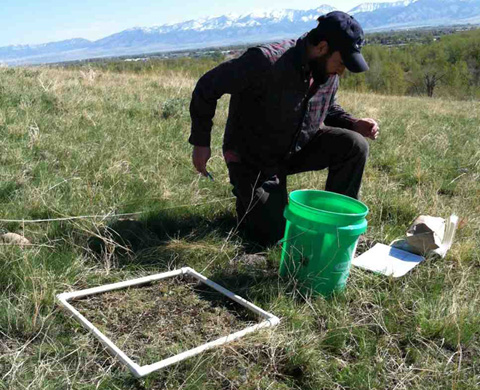
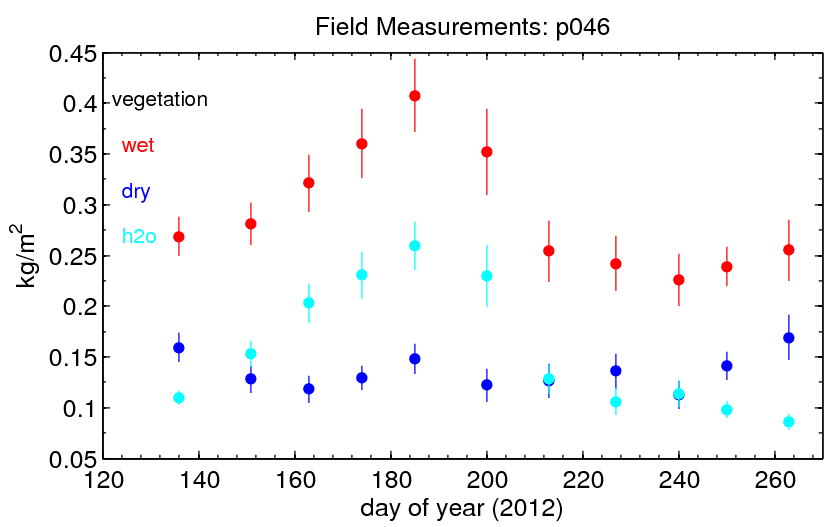
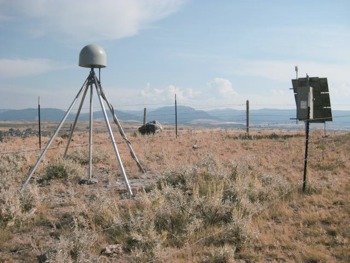
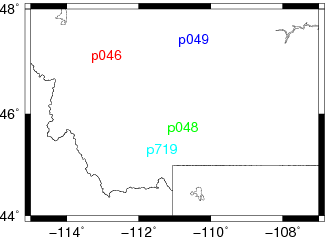
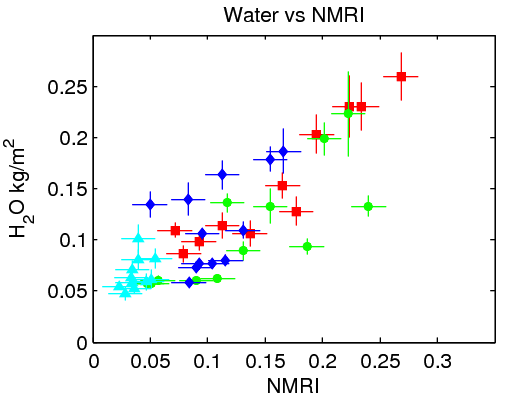


 unavco.org.
unavco.org.